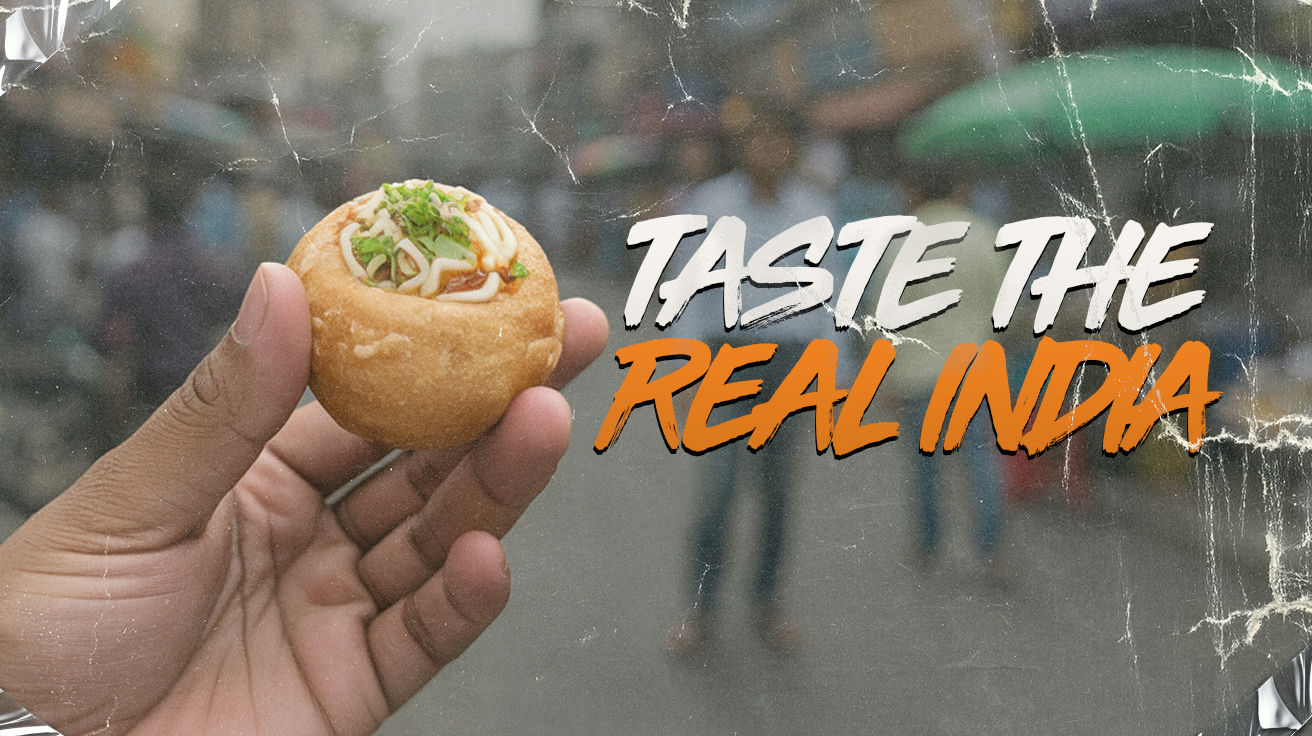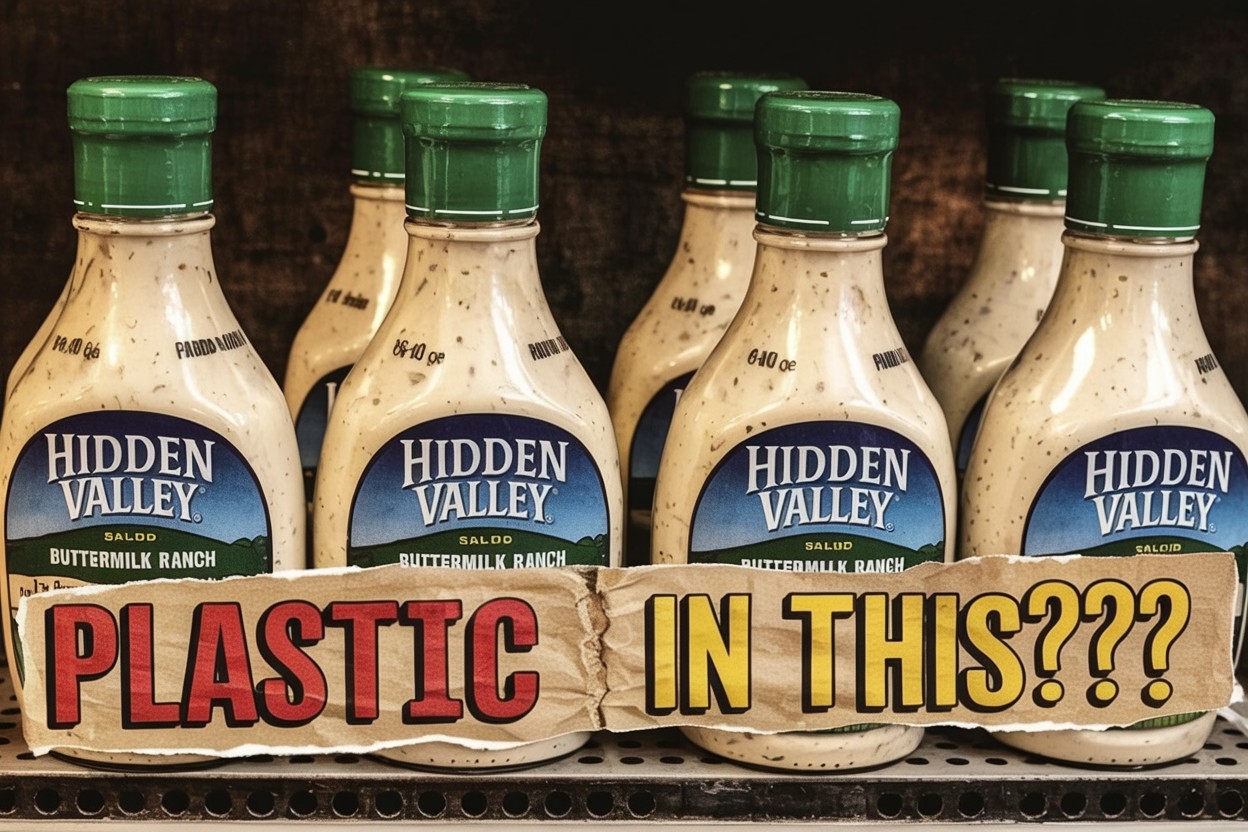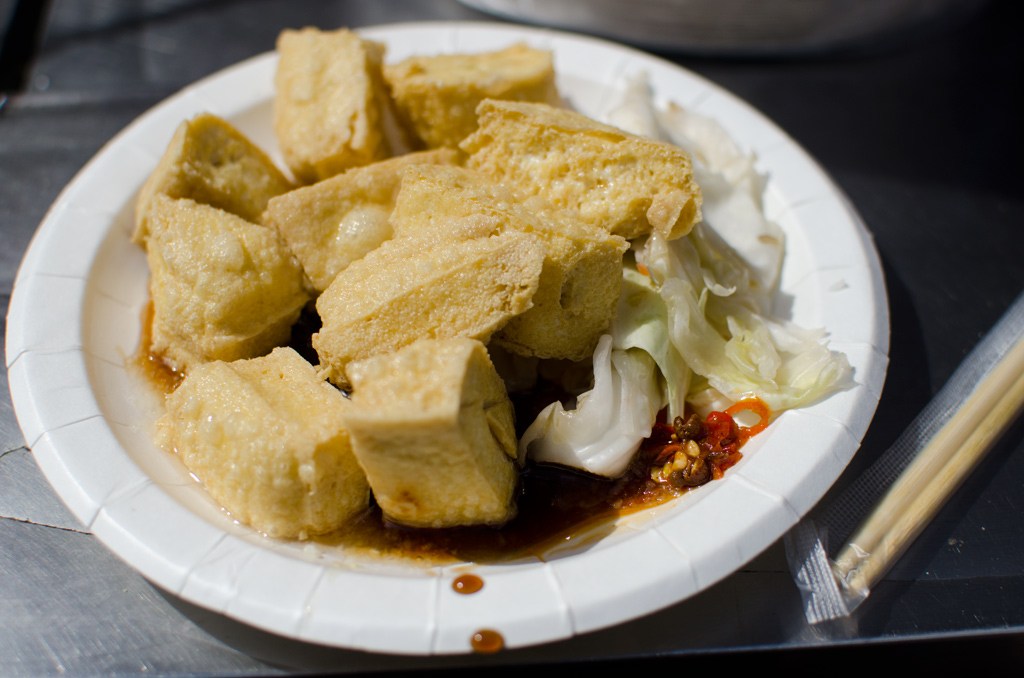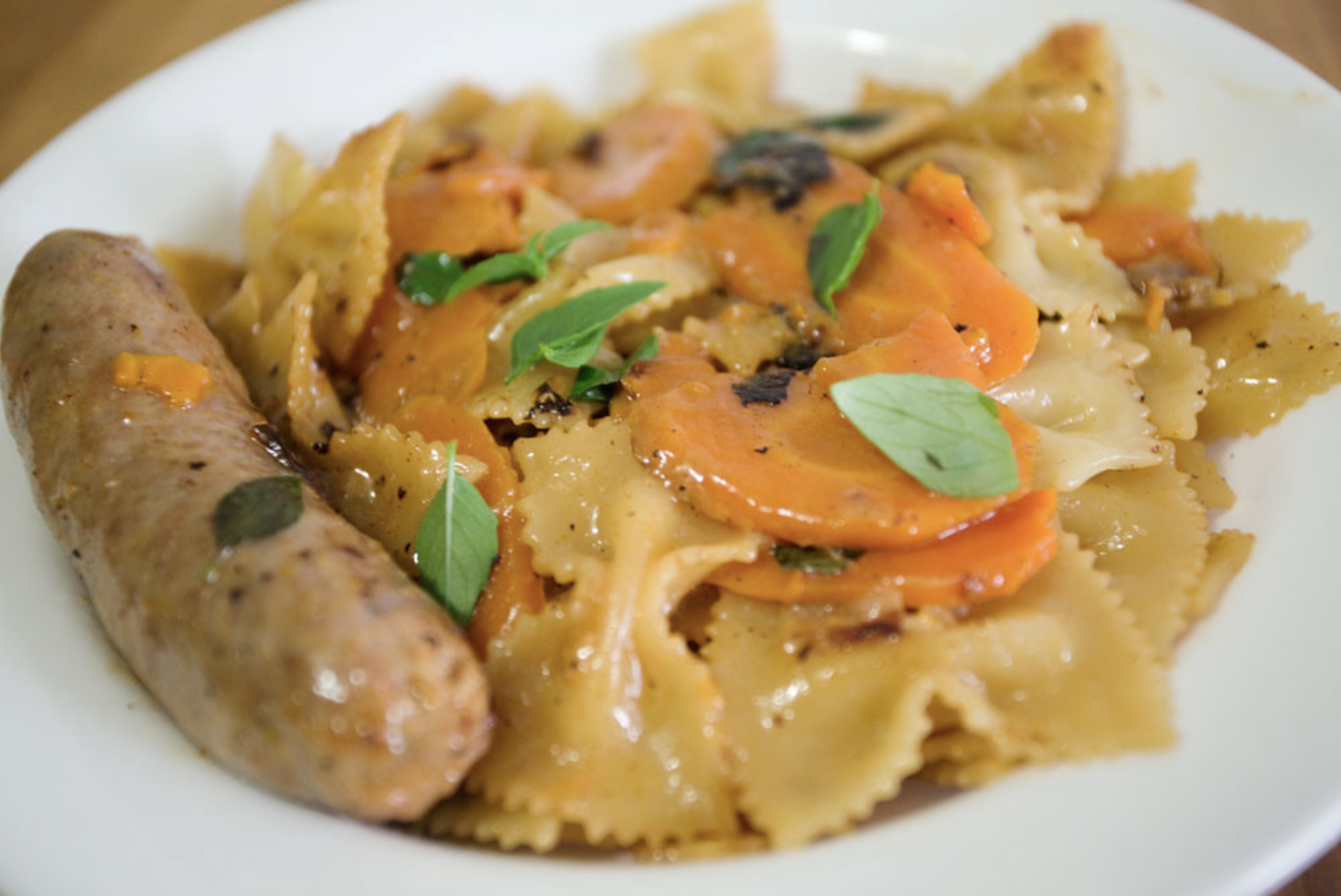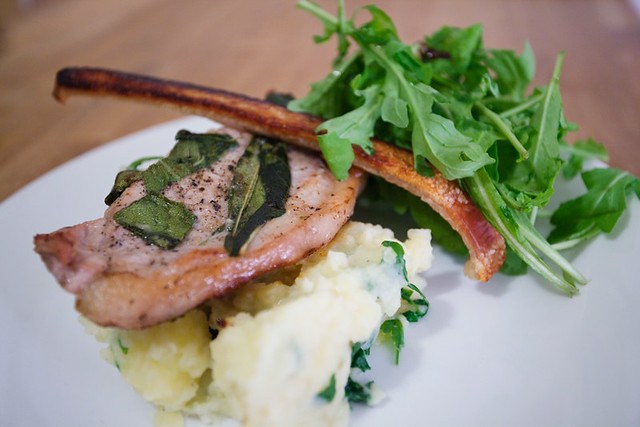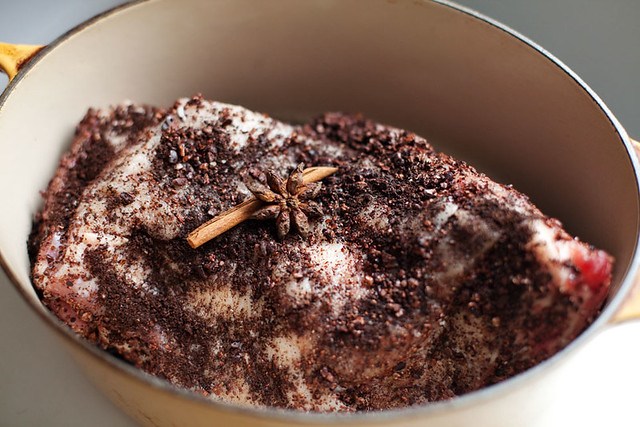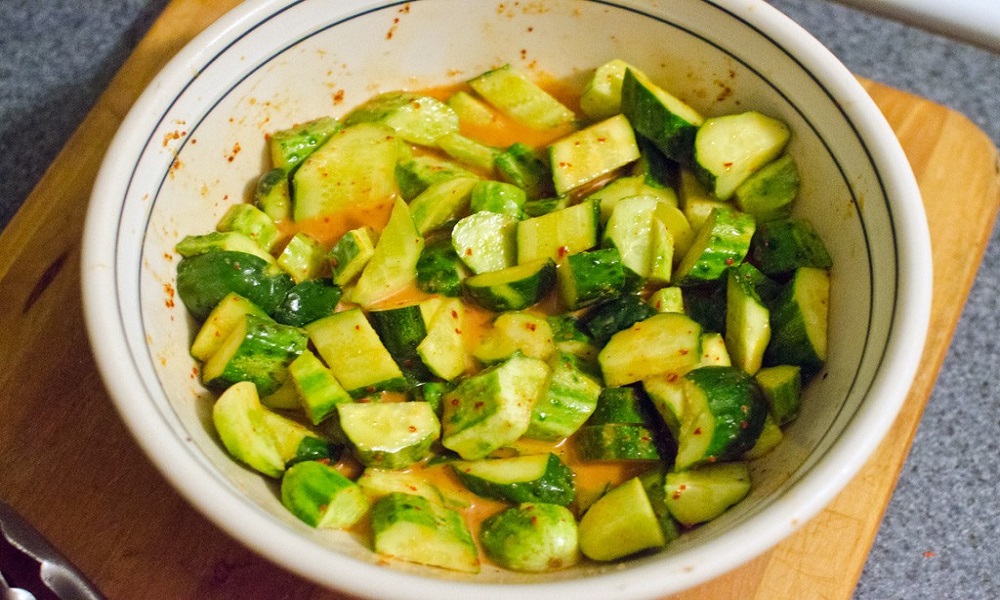The first time you taste real Indian food—not the tame, Westernized version that comes in foil containers—you understand why people cross oceans for flavor. India’s culinary landscape stretches like a dream sequence from the misty Himalayan peaks to Kerala’s sun-drenched shores, each region writing its own delicious autobiography through food. This isn’t just cooking; it’s cultural cartography, where every spice blend tells the story of trade routes, invasions, celebrations, and survival. These ten dishes serve as portals into this vast food universe—each one a chapter in India’s gastronomic epic, prepared with techniques passed down through whispered kitchen secrets.
10. Panipuri
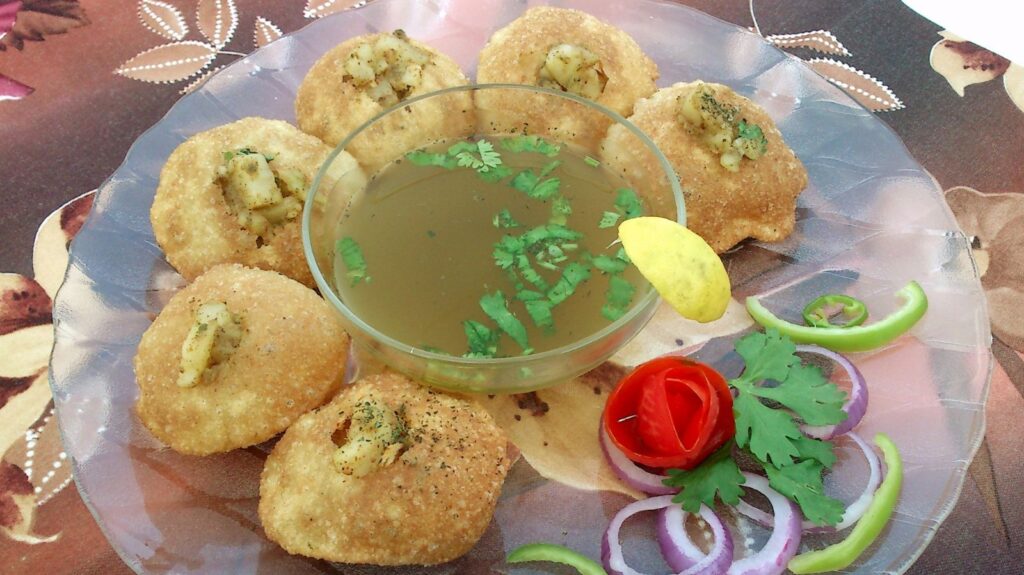
Some food experiences defy logical explanation, like how something so small can detonate such massive flavor. Panipuri is street food elevated to performance art—crisp, hollow spheres that shatter between your teeth, releasing a flood of spiced potatoes, chickpeas, and tangy tamarind water that hits every taste receptor like a perfectly timed fireworks display.
The magic happens in that three-second window between when the vendor hands it to you and when you must consume it whole—before the delicate shell surrenders to the liquid within. It’s giving main character energy in the most delicious way possible. Mumbai’s version punches with more chili, while Kolkata’s leans sweeter.
Pro tip: Find authentic vendors at Indian street food festivals or established neighborhoods with South Asian communities.
9. Gulab Jamun

Making perfect gulab jamun at home feels like attempting alchemy—transforming humble milk solids into golden orbs of pure joy. These soft dumplings, crafted from khoya (reduced milk solids), surrender to hot oil until they develop a caramelized exterior that protects their tender soul. Then comes their baptism: a slow soak in fragrant sugar syrup infused with cardamom, rose water, or saffron.
The first bite collapses into a rush of warm syrup that tastes like every celebration India has ever known. Some regions add a twist—kala jamun develops a deeper, almost burnt caramel crust that contrasts dramatically with its honeyed interior.
Beginner hack: Start with store-bought mix before attempting from scratch—the technique matters more than purist ingredients.
8. Paneer Tikka
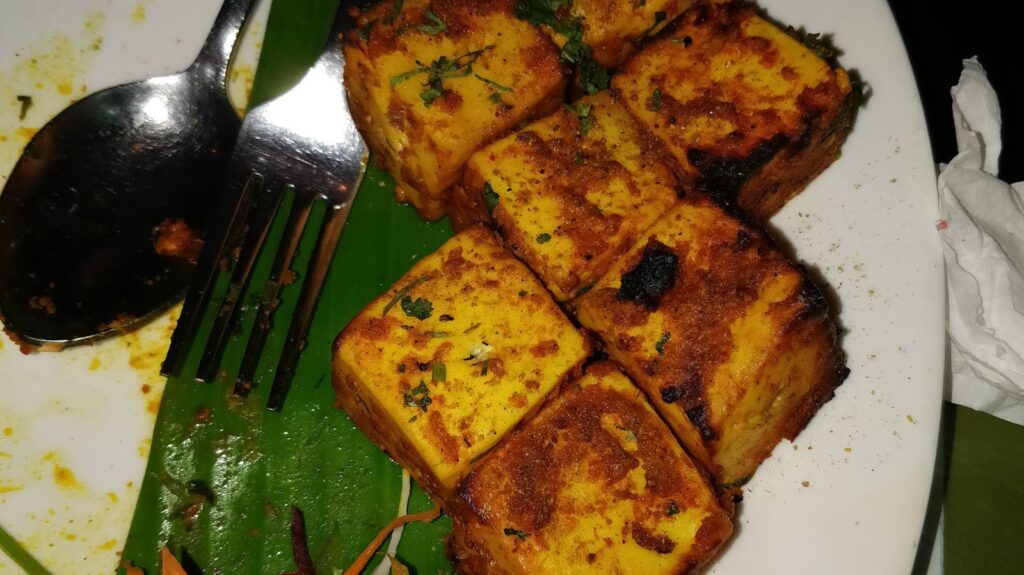
While many vegetarian dishes apologetically mimic meat, paneer tikka stands confidently in its own identity. Generous cubes of fresh cheese marinate in yogurt stained sunset-orange with turmeric and chili powder, perfumed with garam masala’s complex warmth. The transformation happens over fire—whether traditional tandoor or modern grill—where the edges crisp and char while the interior remains soft.
Skewered alongside jewel-toned peppers and onions, this dish feels like summer distilled into bite-sized pieces. The cooling mint chutney served alongside creates perfect temperature contrast—like jumping into a cool lake after basking in the sun.
Home cook win: A cast-iron skillet on high heat mimics tandoor results surprisingly well.
7. Tandoori Chicken
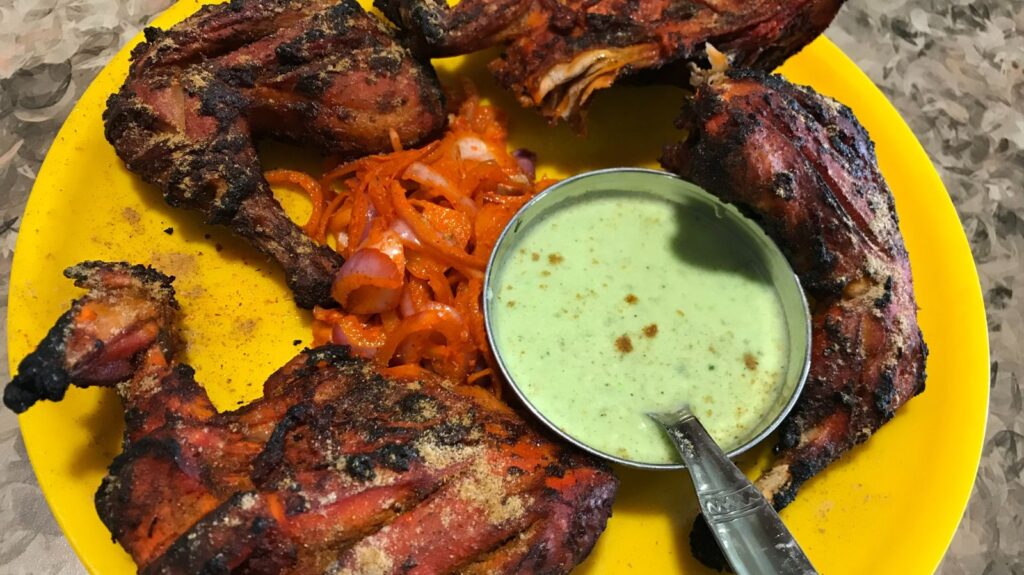
The alchemy of tandoori chicken happens in that perfect collision between searing heat and patient preparation. The bird spends hours soaking in a yogurt marinade spiked with ginger, garlic, and that signature spice blend before meeting its destiny in the tandoor—a clay oven that reaches temperatures approaching 900°F.
This extreme heat performs a culinary magic trick: sealing the exterior into a smoky, spice-crusted shield while transforming the interior into something impossibly juicy. The distinctive reddish-orange color (traditionally from Kashmiri chilies, though some modern versions take shortcuts) signals its arrival like a flare in the night.
Restaurant reality check: Authentic spots use clay tandoors, not conventional ovens—look for that telltale char and smoke aroma.
6. Cholay Bhature
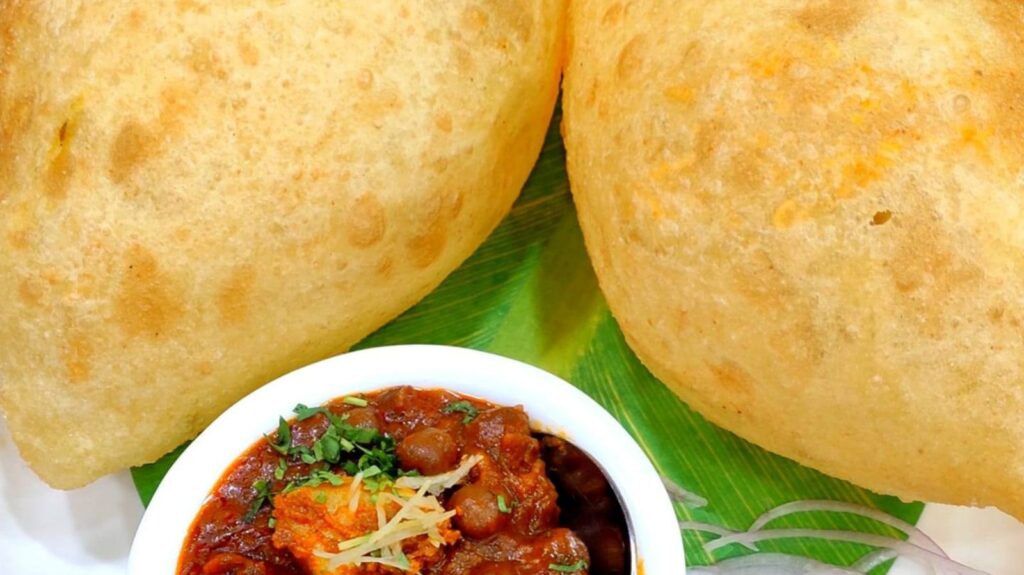
Some food combinations exist in perfect symbiosis, like cholay bhature—the ultimate North Indian brunch that renders afternoon plans optional. The cholay (chickpea curry) simmers with garam masala, coriander, and amchur (dried mango powder) until each legume becomes a flavor sponge. Meanwhile, the bhature—deep-fried bread that puffs dramatically in hot oil—achieves the impossible texture of being simultaneously pillowy and crisp.
Together they create harmony that makes you understand why people willingly wait in hour-long lines at Delhi’s famous Sitaram Diwan Chand. The ritual of tearing hot, balloon-like bread and using it to scoop spiced chickpeas feels like participating in a tradition older than memory.
Weekend warrior move: Order this for Saturday brunch—the carb coma is worth every minute.
5. Rogan Josh
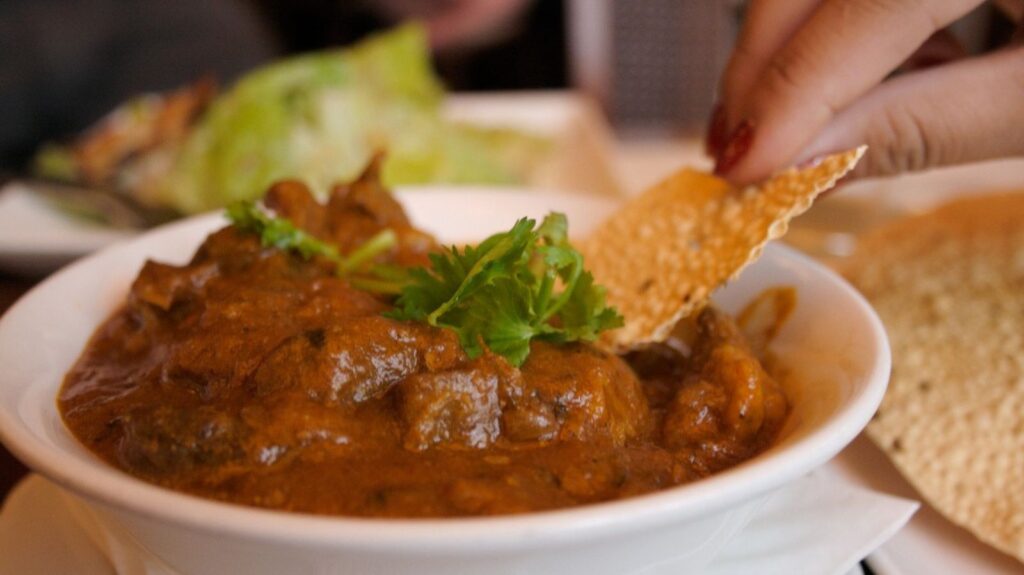
Walking into a kitchen where rogan josh simmers is like stepping into a novel where spices are the main characters. This Kashmiri slow-cooked lamb curry unfolds in layers—first the warmth of cinnamon and cardamom, then the earthiness of cumin, finally the distinctive brightness of Kashmiri chilies that give the dish its signature red glow without overwhelming heat.
The meat surrenders completely to this aromatic bath, becoming so tender it barely needs coaxing from your fork. Unlike some Indian dishes that announce themselves with sharp heat, rogan josh is more of a slow burn—a gradual revelation of flavor that builds with each bite.
Quality indicator: Authentic versions never use tomatoes—the red color comes purely from Kashmiri chilies and technique.
4. Masala Dosa
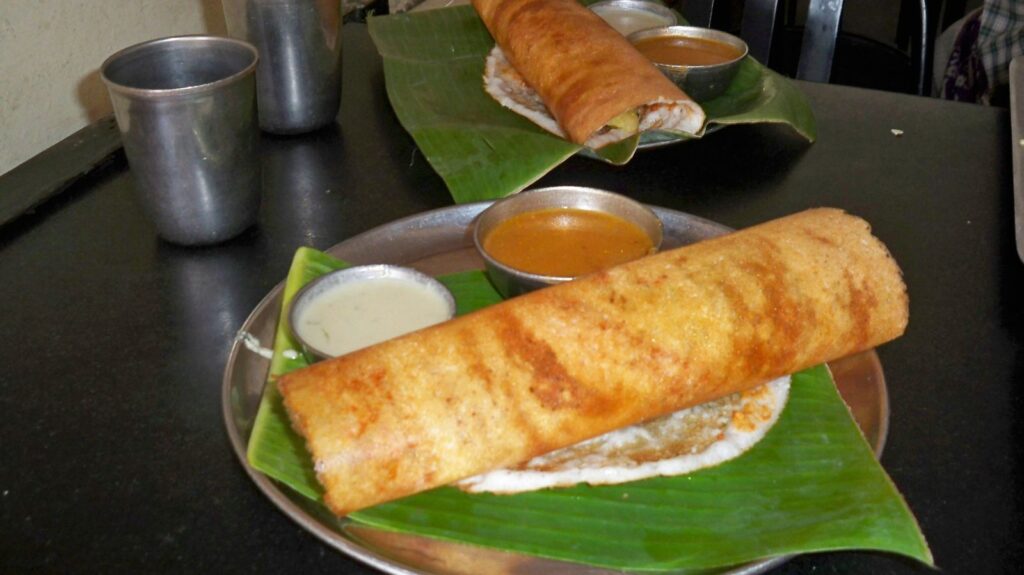
Masala dosa is culinary architecture—a study in contrasts between crisp and soft, sour and spicy. The crepe itself, impossibly thin and golden as sunrise, comes from a fermented batter of rice and lentils that’s spread in a perfect circle on a hot griddle. The slight tang from fermentation creates depth that would make sourdough bakers nod in respect.
Folded inside waits the potato masala—a turmeric-yellow mixture punctuated with mustard seeds that pop between your teeth like culinary exclamation points. The accompanying sambar and coconut chutney aren’t mere condiments but essential counterpoints in this sensory symphony.
Morning motivation: South Indians eat this for breakfast—proof that starting your day with something extraordinary sets the right tone.
3. Samosas
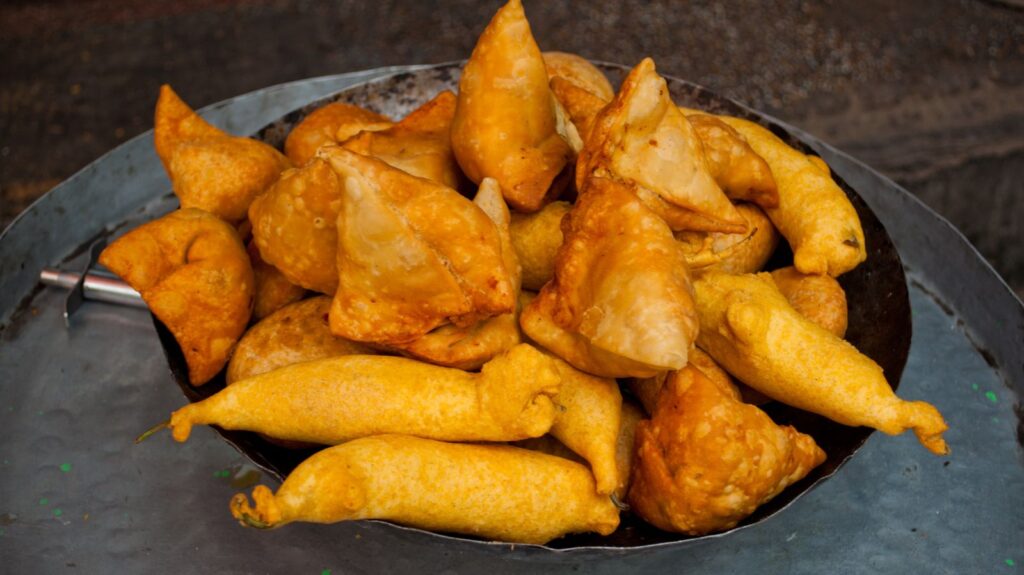
Some foods are so perfectly engineered they become cultural institutions, and samosas have earned their place in this pantheon. These triangular pastry pockets—crisp enough to shatter audibly, yet sturdy enough to hold their precious cargo—represent street food elevated to an art form. The standard North Indian version cradles spiced potatoes and peas, while Bengali variations might surprise with sweeter notes.
The pastry itself deserves celebration—layers that flake apart with each bite, revealing a filling where simple ingredients transform through careful spicing. Dipped in tamarind chutney (for sweetness) and mint chutney (for cooling contrast), samosas deliver complete satisfaction in a handheld package.
Authenticity test: Fresh samosas should be served hot enough to require patience—if they’re room temperature, find another vendor.
2. Biryani

If there’s a dish that captures the essence of celebration in Indian culture, it’s biryani—where rice transcends its humble nature to become something worthy of poetry. The preparation reads like a sacred ritual: marinated meat layered with partially cooked basmati, sealed in a heavy pot where it slow-cooks in its own aromatic steam. When the pot is unsealed, it’s like the ultimate unboxing video—rising steam carries the perfume of cardamom, mint, and caramelized onions.
Regional variations speak to India’s diversity—Hyderabad’s version wears saffron like precious jewelry, while Lucknow’s more delicate approach relies on subtler fragrance. Each grain stands distinct yet infused with the essence of what surrounds it, like individuals in a perfectly choreographed dance.
Ordering wisdom: True biryani takes 45+ minutes to prepare—anything faster likely isn’t the real deal.
1. Butter Chicken
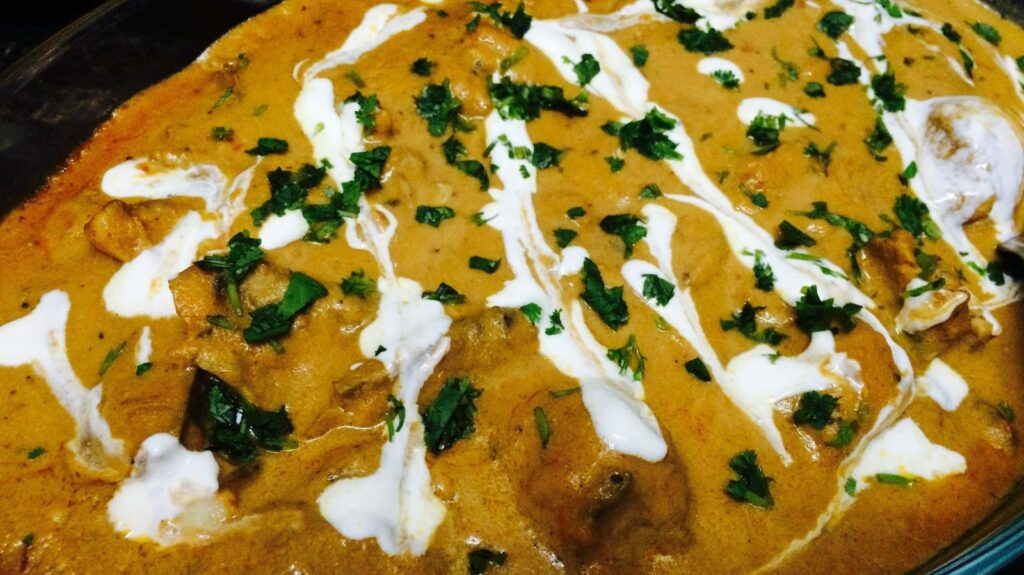
Some dishes achieve such perfect harmony they become cultural ambassadors, and butter chicken has charmed its way into hearts worldwide like the culinary equivalent of a Bollywood blockbuster. What began as a creative solution for leftover tandoori chicken at Delhi’s Moti Mahal restaurant has become a global phenomenon that manages to be both comforting and exotic simultaneously.
The sauce achieves the textural equivalent of velvet—tomatoes mellowed with cream and butter until they lose their acidity but keep their vibrant spirit. The chicken, often pre-cooked in the tandoor, brings subtle smokiness that grounds the richness. Each spoonful delivers perfect balance that makes you understand why this dish has spawned countless imitations.
Gateway drug alert: This is often the dish that converts Indian food skeptics—use it strategically on hesitant friends.


